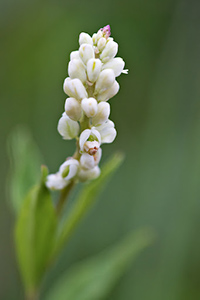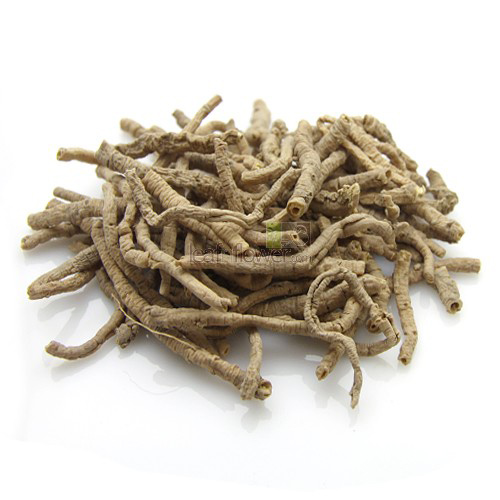Contents
The ancient Greeks fed their cattle senega snakeroot to increase milk production, which is why they gave the European species of this plant the name polygala (poly = much; gala = milk). Snakeroot has been employed in Europe for a long time with this aim, given to cattle and goats, but with doubtful success.
At the same time, American natives historically have used another species of the genus polygala: senega snakeroot (Polygala senega L.), which has a composition similar to that of the European species, to treat snake bites and respiratory afflictions.
Interestingly, the present pharmaceutical research has proved that American natives are suitable. Senega snakeroot is part of many pharmaceutical medicines for bronchial and lung disorders.

Senega Snakeroot Scientific Facts
- Other names: Seneca snakeroot, milkwort, mountain flax.
- French: Polygala.
- Spanish: Poligala.
- Environment: Rocky soils of eastern North America. This plant is farmed in other parts of the world as a medicinal herb.
- Description: This is a vibrant plant of the Polygalaceae family. It has a ground, evergreen stem from which some herbaceous stems grow up to 30 cm high. The tip of these stems has little bluish, pink, or white flowers. It has a sour flavor.
- Parts of the plant used medicinally: The whole plant, especially its root.
Healing Properties and Indications

The whole plant, especially its root, is rich in saponins, vegetal substances that, like soap, produce foam in contact with water since they decrease its surface tension. The main saponins in senega snakeroot are polygalic acid and senegine, two substances that increase the secretions of the bronchi.
All these substances thin the pathogen mucus of the bronchi, making it foamier and more abundant, easing its expulsion and regenerating the respiratory mucous membrane.
Senega snakeroot is a purely mucolytic and expectorant plant. It is recommended for bronchitis, bronchial catarrh, bronchial asthma, pneumonia, pharyngitis, the flu, and cough. Senega snakeroot also has laxative properties due to its saponin content and emetic (vomit-producing) properties in high doses.
How to use Senega Snakeroot
- Decoction with five to ten grams of leaves or ground root per liter of water, boiling for three minutes. Drink three or four cups daily, sweetened with honey.
- Root powder: The recommended dose is from 0.5 to 2 g daily.

European Snakeroots
Several species of the genus Polygala have a similar composition, though the senega species is the most employed due to its richness in active components. There are two species of this genus in Europe.
- Polygala amara L., which grows in northern Europe and western Asia.
- Polygala rupestris Pourr., which grows in the southern regions of Europe.
DISCLAIMER: All content on this website is presented solely for educational and informational objectives. Do not rely on the information provided as a replacement for advice, diagnosis, or treatment from a qualified medical expert. If you are pregnant, nursing, or have any preexisting medical concerns, talk to your doctor before using any herbal or natural medicines.
REFERENCES
- George D. Pamplona-Roger, M.D. “Encyclopedia of Medicinal Plants.” George D. Pamplona-Roger, M.D. Encyclopedia of Medicinal Plants. Ed. Francesc X. Gelabert. Vols. 1 San Fernando de Henares: Editorial Safeliz, 2000. 327. Print.
- National Institutes of Health (NIH): https://www.nih.gov/
- Memorial Sloan Kettering Cancer Center: https://www.mskcc.org/cancer-care/diagnosis-treatment/symptom-management/integrative-medicine/herbs
- WebMD: https://www.webmd.com/
